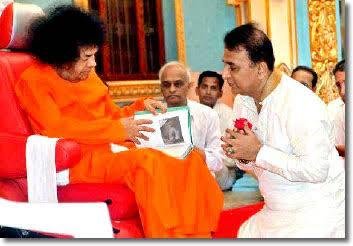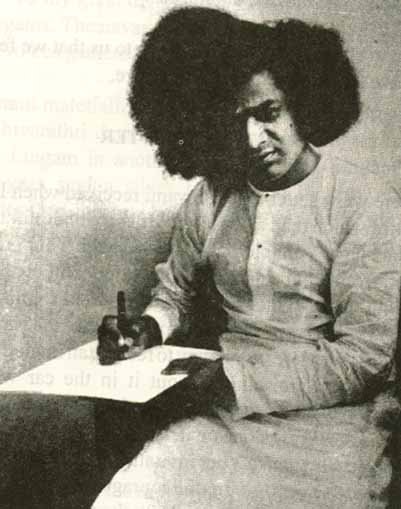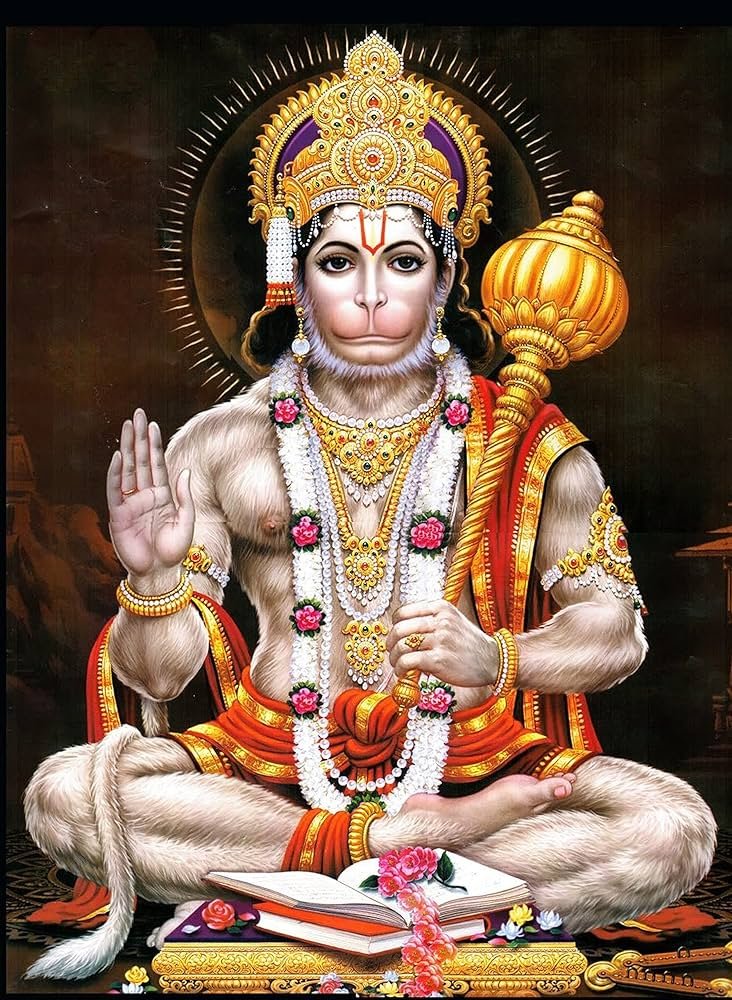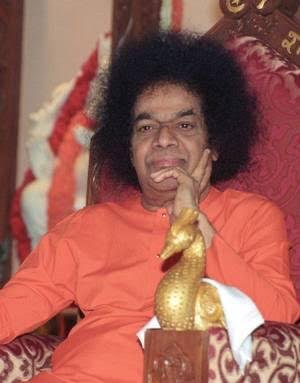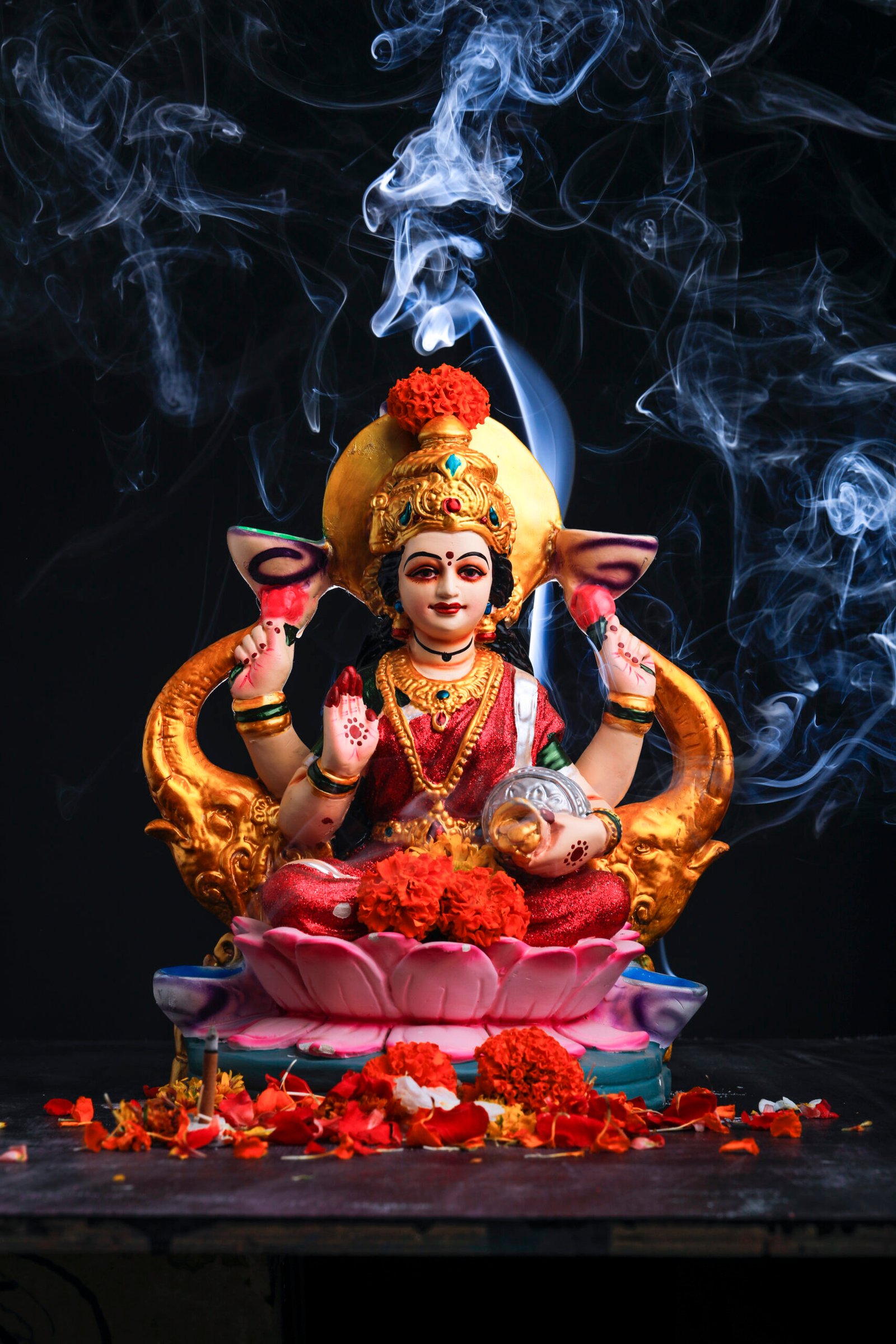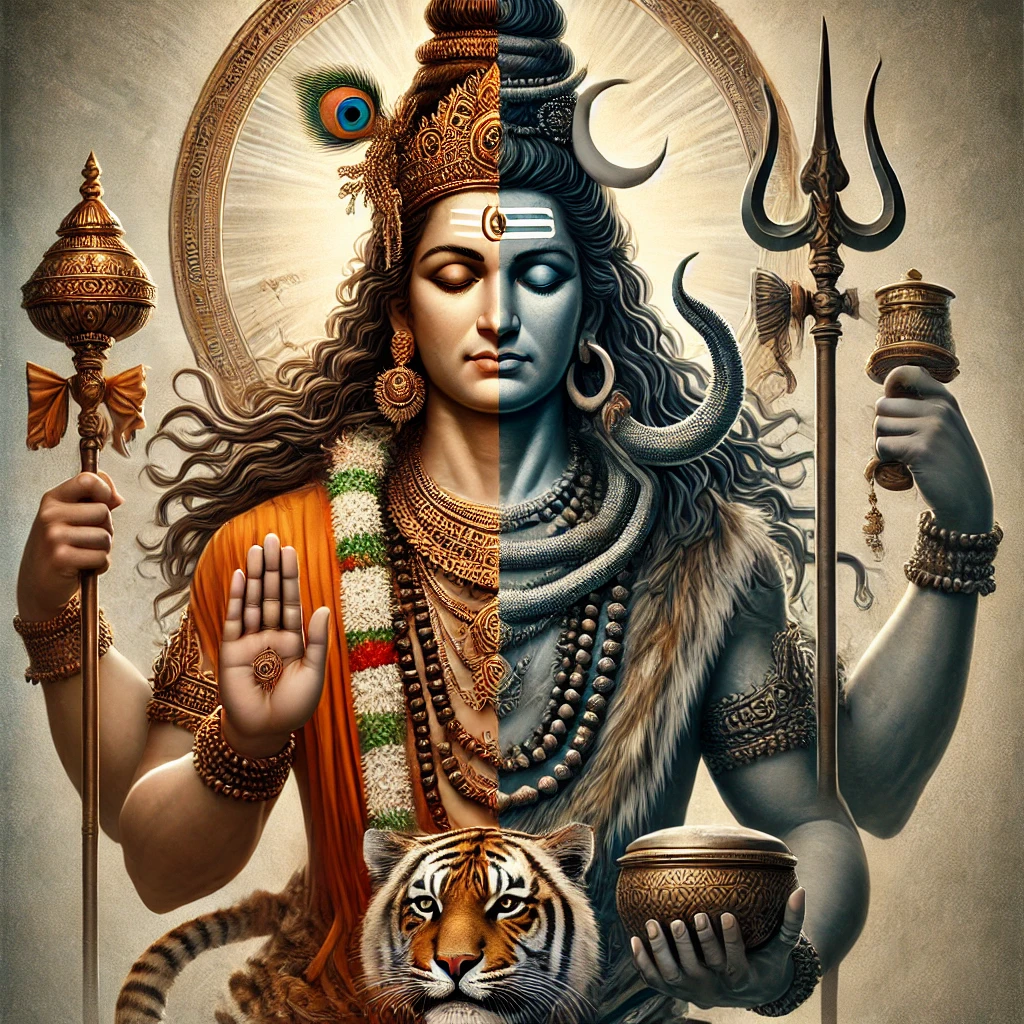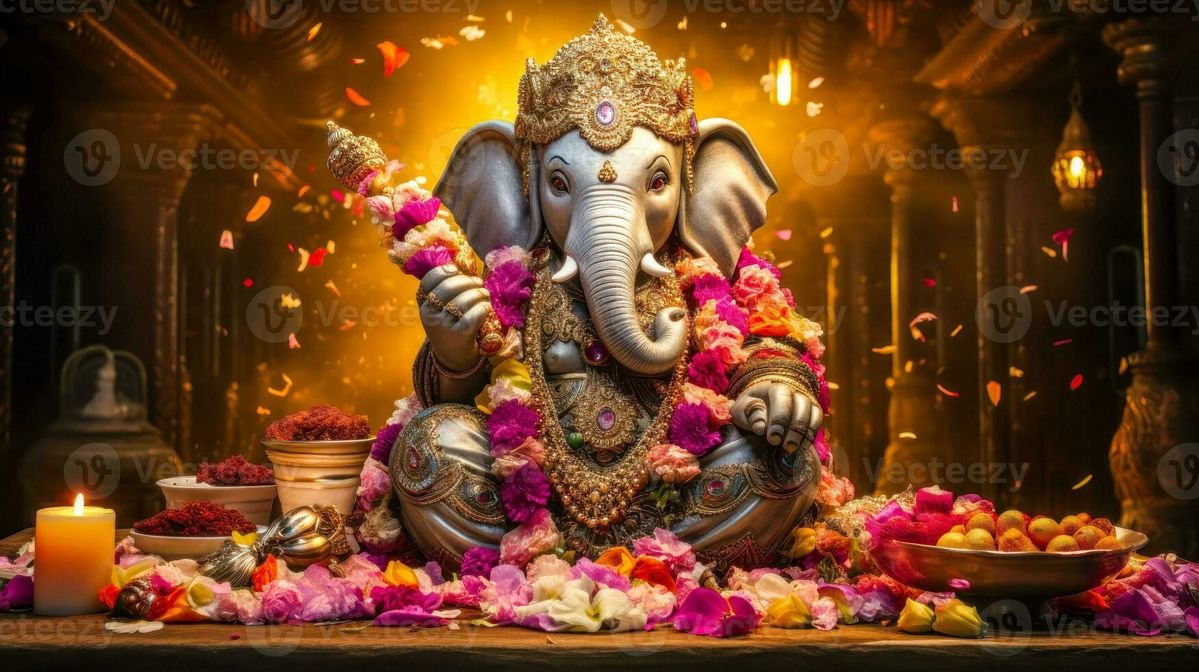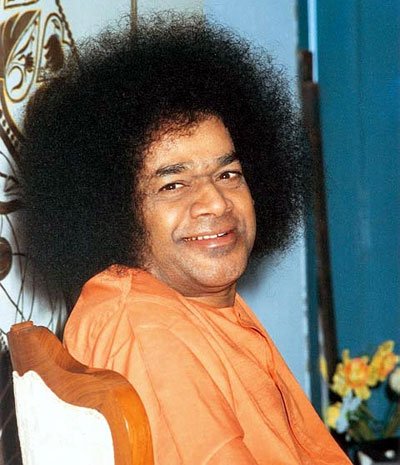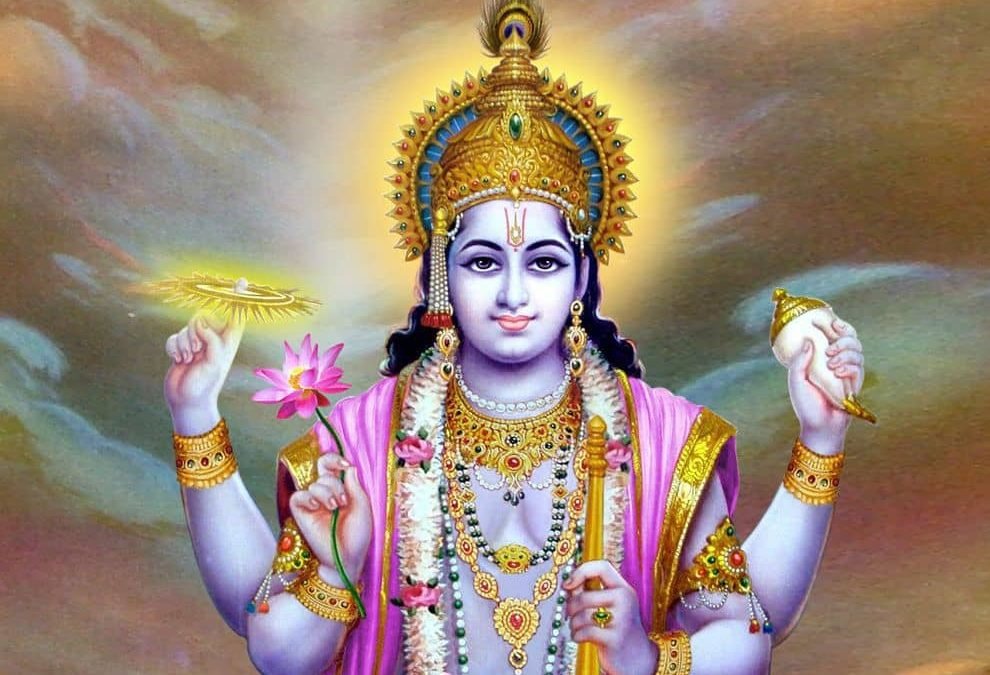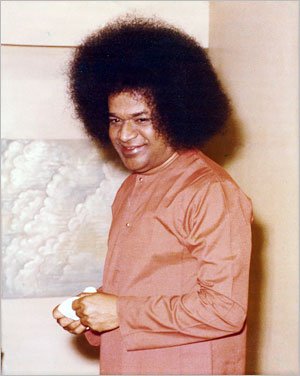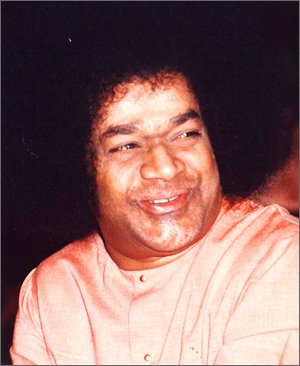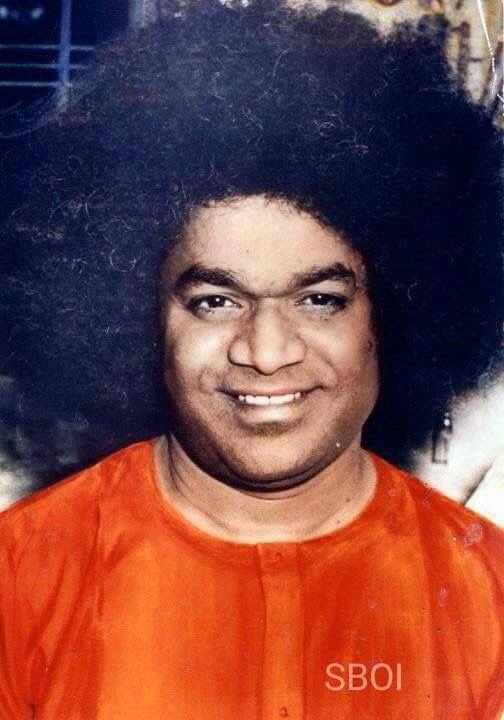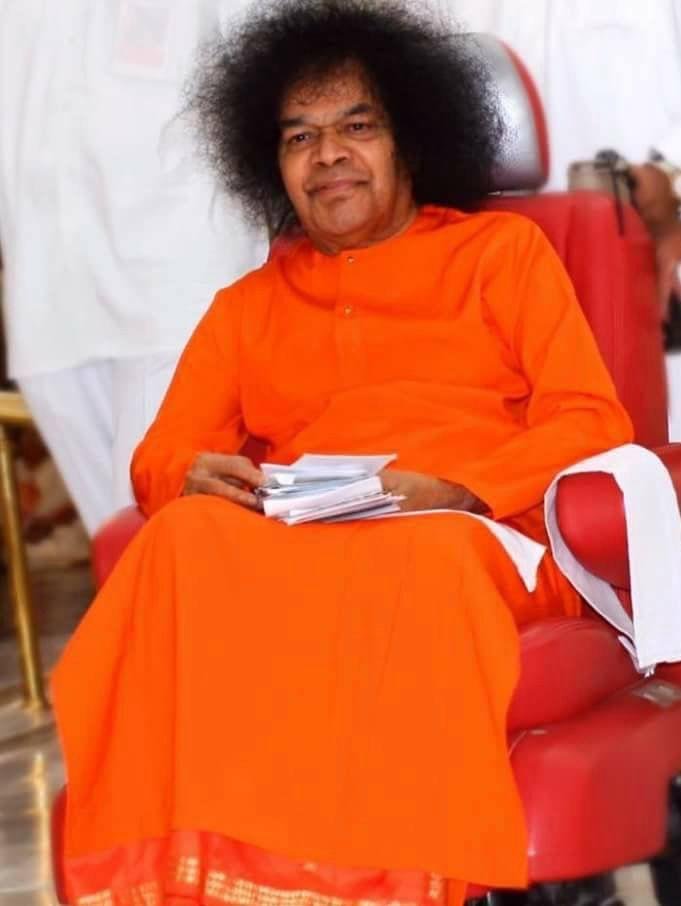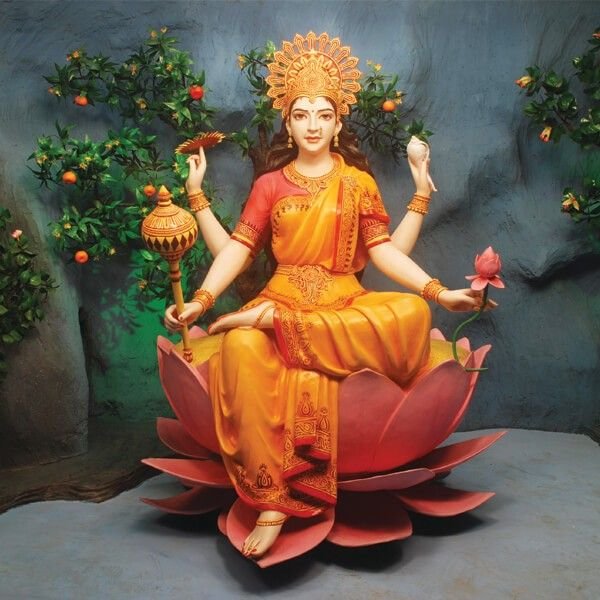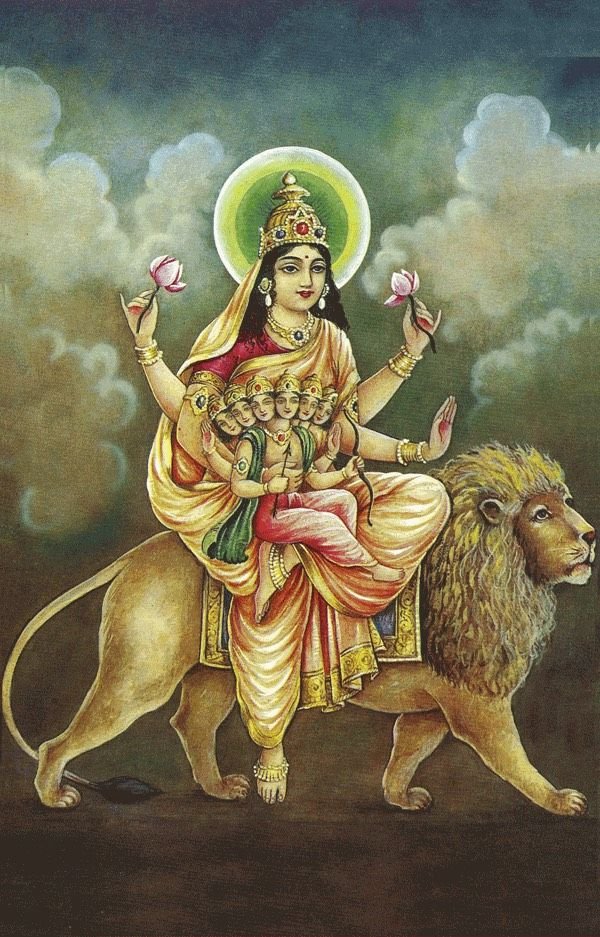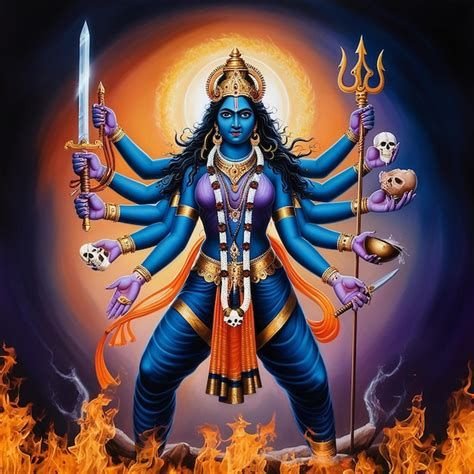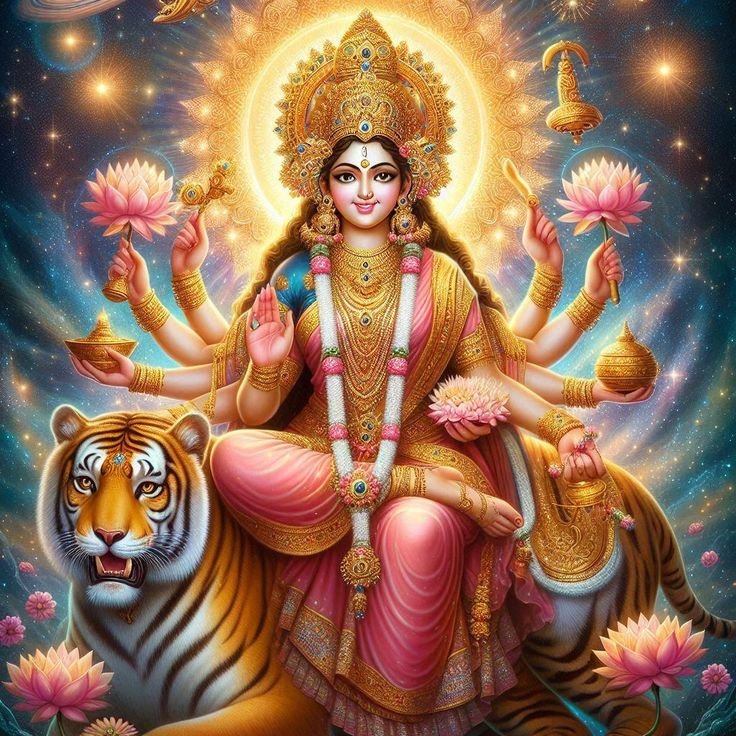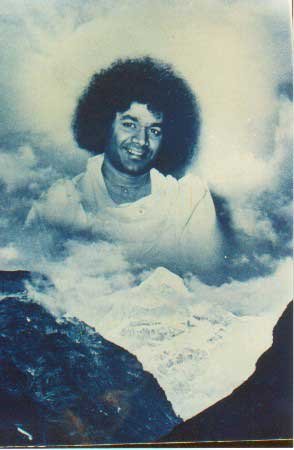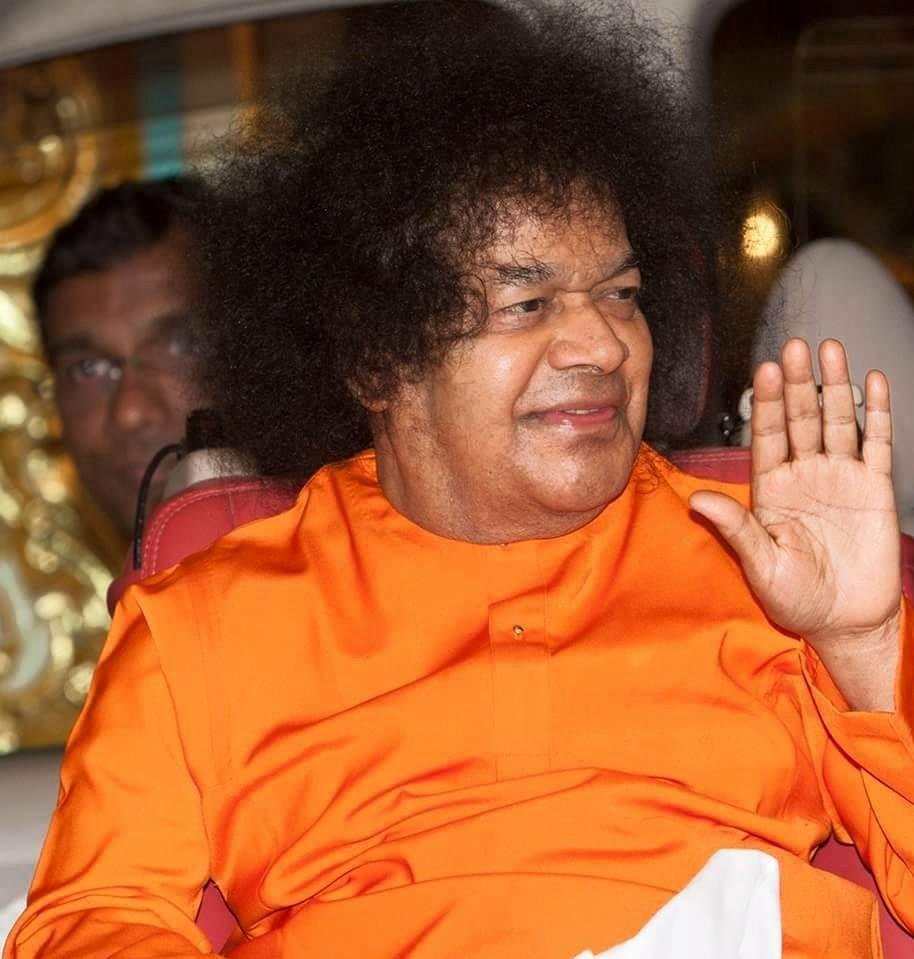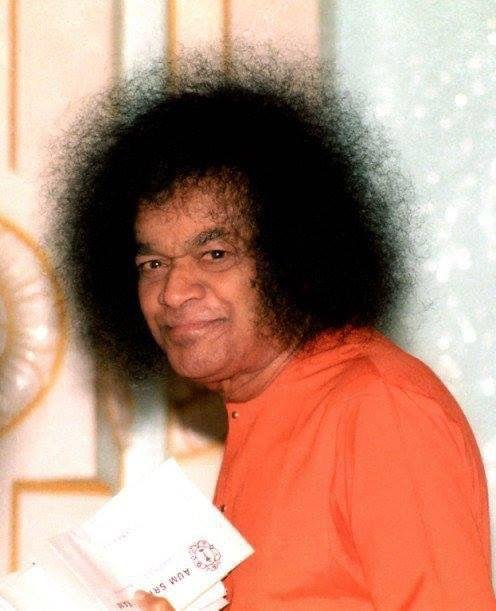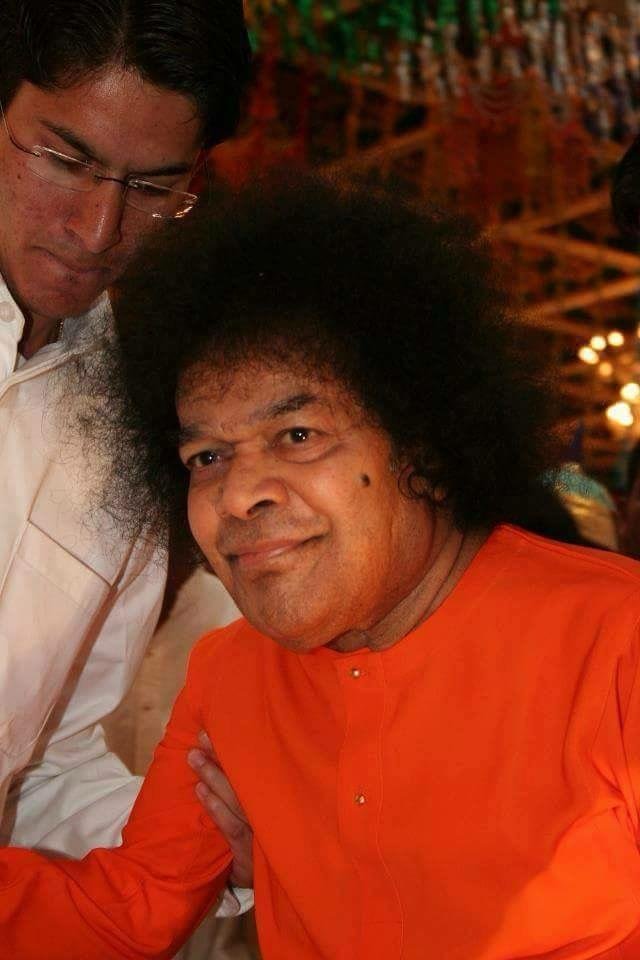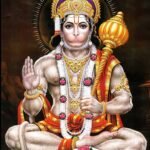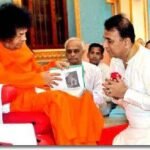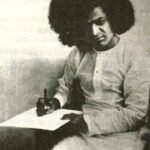Maharishi Mahesh Yogi
Maharishi Mahesh Yogi

Maharishi Mahesh Yogi.
Born in┬Ā1918 in Jabalpur, India, Maharishi Mahesh Yogi initially studied physics at┬ĀAllahabad University┬Ābefore embarking on a spiritual path. He became a disciple of┬ĀSwami Brahmananda Saraswati, also known as┬ĀGuru Dev, under whose guidance he mastered the ancient practice of meditation. His guruŌĆÖs teachings laid the foundation for the┬ĀTranscendental Meditation movement┬Āthat he later propagated.
Influence on Western Culture.
Maharishi Mahesh Yogi is widely recognized for his influence on┬ĀWestern spirituality and pop culture. Some of his major contributions include:
The Beatles and Celebrity Influence:┬ĀThe BeatlesŌĆÖ association with Maharishi in 1968 brought global attention to Transcendental Meditation. Other celebrities like┬ĀMia Farrow, Donovan, and David Lynch┬Āalso became devoted practitioners.
Scientific Validation of TM:┬ĀHis teachings inspired┬Āextensive research┬Āinto meditation, leading to numerous scientific studies confirming its benefits on mental and physical health.
The Creation of TM-Based Institutions:┬ĀHe established┬ĀMaharishi International University (MIU)┬Āin the United States and the┬ĀMaharishi Vedic City, dedicated to holistic living.

Either way, The BeatlesŌĆÖ faith in the MaharishiŌĆÖs teachings was clearly strong as they travelled to Rishikesh in February 1968, joined by other pop culture luminaries such as actress Mia Farrow, Beach Boy Mike Love and folk troubadour Donovan, and with the worldŌĆÖs media in hot pursuit. This is the real meat of the documentary, populated with glorious, high-quality footage from the time, a tour of the retreat as it looks today ŌĆō┬Ārun down, but still recognisable ŌĆō┬Āand some terrific stories from those who were there. We get to hear from the wife of the compoundŌĆÖs manager, the MaharishiŌĆÖs publicist and an English visitor who was present for the party thrown in honour of Pattie BoydŌĆÖs 24th┬Ābirthday.
ThereŌĆÖs even an interview with the pilot of the helicopter flight over the nearby countryside when John famously managed to bag the sole seat next to the Maharishi, in the hope that, while they were alone, ŌĆ£he would slip me ŌĆśthe answerŌĆÖŌĆØ. And, of course, there is discussion of how ŌĆō┬Ārelaxed and free from drugs, business pressures and the relentless spotlight engendered by their extraordinary fame ŌĆō┬Ānew songs poured forth from John, Paul and George, usually written while basking in the sunshine atop the roofs of their apartments. You get the feeling it mustŌĆÖve been a special time for them ŌĆō┬Ācertainly, in retrospect, it seems like their last great shared

Maharishi Mahesh Yogi ŌĆö The Science of Being and Art of Living.
Maharishi believed that a global revolution, a world of people practising TM, could shift global consciousness to make the changes needed to create harmony and peace on the earth. The purpose of life, he wrote,┬ĀŌĆ£is to cultivate and give ŌĆö cultivate the Divine power, the Divine intelligence, happiness and abundance, and give it out to all of creation. This is the high purpose of the life of man, and it is fortunate to find that every man is capable of reaching this by improving the conscious capacity of his mind and consciously contacting the field of the absolute energy, peace, happiness and abundance of the eternal, Divine consciousness.ŌĆØ┬ĀHe only published three books in his lifetime, and I find myself returning frequently to the first of those, ŌĆ£The Science of Being and Art of LivingŌĆØ,┬Āpublished originally in 1963, for the simple and accessible way he deals with profound issues, such as the true nature of experiences and the art of thinking.
Although many people today practise TM for its proven practical benefits, like a clearer mind and improved health, these are only surface benefits. It is like sitting in a boat in the ocean, where all we can see is the waves on the surface. These waves are not the ocean; the ocean is deep and silent once we dive beneath the surface. This is the goal of TM, to lead us away from the surface mind to the bottomless ocean of pure consciousness. Whatever someoneŌĆÖs reason for practising TM might be, I have no doubt but that they will, over time, arrive at their depth.
Maharishi Mahesh Yogi taught that true happiness lies within, not in the outside world. He believed that through the regular practice of meditation, especially Transcendental Meditation, one can access the deep silence and peace that already exists in the heart of every human being. According to him, ŌĆ£Life finds its purpose and fulfillment in the expansion of happiness,ŌĆØ and real change comes not from outside efforts but from raising our inner consciousness.
He encouraged people to ŌĆ£be still and know that you are God,ŌĆØ reminding us that divinity is not something far away, but something we can experience inside ourselves. Problems, he said, cannot be solved at the level they are created ŌĆö only through a calm, awakened mind can true solutions emerge. His vision was a peaceful world built by peaceful individuals, and his teachings continue to inspire millions to live a life of bliss, clarity, and inner joy.
Maharishi left his body on 5th February 2008, but his legacy lives on through the ancient technique he adapted and breathed new life into. Some would say he did not succeed in his mission in his lifetime, but I believe he achieved something extraordinary, in opening the minds of millions to look where they otherwise might never have ventured.

I feel fortunate to have met him in my lifetime. He developed TM as an accessible meditation technique that could be presented in a scientific, rather than mystical way, to encourage people all over the world to reach their transcendental Self.
Maharishi Mahesh Yogi was a renowned Indian spiritual leader and the founder of┬ĀTranscendental Meditation (TM). Through his teachings, he introduced meditation to the world in a structured and scientific manner, making it accessible to people from all walks of life. His influence extended beyond spirituality, shaping the fields of education, wellness, and personal development.
MaharishiŌĆÖs teachings reached global fame in the 1960s, especially when The Beatles studied meditation with him in Rishikesh. His message of peace and higher consciousness gained attention worldwide. He established TM centers, universities, and peace programs in over 100 countries.

Maharishi believed that consciousness is the basis of all creation. He often said,
ŌĆ£Life finds its purpose and fulfillment in the expansion of happiness.ŌĆØ
Maharishi Mahesh Yogi passed away in 2008, but his legacy lives on through the millions who practice TM today. His vision of a peaceful, conscious, and joyful world continues to inspire people of all ages.
He toured India, Malaysia, and Hawaii, before arriving in America in 1959, a year he declared to be┬ĀŌĆ£the year of global awakeningŌĆØ.┬ĀTours of the United Kingdom, where he first met the Beatles, and Europe followed. He wished to spread his GuruŌĆÖs teachings, as he said: ŌĆ£Right from the beginning the whole purpose was to breathe in his breath. This was my ideal. The whole purpose was just to assume myself with Guru Dev.ŌĆØ┬ĀHis practical approach to a meditation technique that could be adopted by anyone, together with the beautifully simple way he taught quickly appealed to thousands of people, including famous people like Clint Eastwood, the singer Donovan and the Beach Boys.
At his first lecture in Los Angeles, he opened the evening with the statement:ŌĆØ┬ĀMankind was not born to suffer, mankind was born to enjoy. The Purpose of life is to expand happiness.ŌĆØ┬ĀStatements like this caught peopleŌĆÖs attention.┬Ā
Maharishi Mahesh Yogi taught that true happiness lies within, not in the outside world
He only published three books in his lifetime, and I find myself returning frequently to the first of those, ŌĆ£The Science of Being and Art of LivingŌĆØ,┬Āpublished originally in 1963, for the simple and accessible way he deals with profound issues, such as the true nature of experiences and the art of thinking.
Source: Medium

